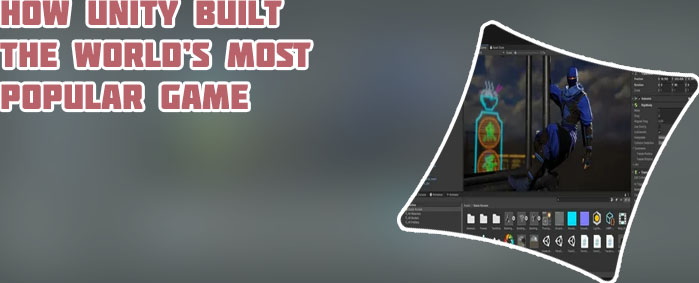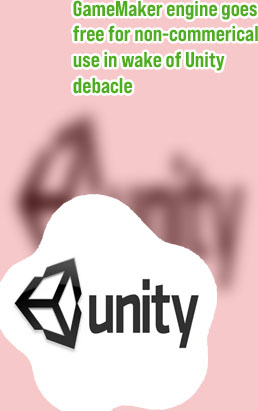
|
Unity development environmentDeveloping games in Unity can be a complex process that requires a solid understanding of the development environment. To help navigate this process, we have compiled a list of three articles that provide valuable insights and tips for working with Unity. These articles cover a range of topics, from optimizing performance to utilizing advanced features, to ensure that your game development experience is as smooth and efficient as possible. 10 Tips for Optimizing Performance in Unity
In the competitive world of game development, optimizing performance is crucial to ensure a smooth and enjoyable player experience. Unity, a popular game engine used by developers worldwide, offers a set of tools and techniques to help achieve this goal. Here are some expert tips to help you maximize performance in Unity.
Mastering Unity's Scriptable Objects: A Comprehensive Guide"Mastering Unity's Scriptable Objects: A Comprehensive Guide" is a must-have resource for game developers looking to enhance their Unity projects through the use of Scriptable Objects. Scriptable Objects are a powerful tool in Unity that allow for the creation of reusable, data-driven objects that can be easily shared across different game objects and scenes. This comprehensive guide delves into the intricacies of Scriptable Objects, providing readers with a thorough understanding of how they work and how to effectively implement them in their projects. The book covers topics such as creating custom Scriptable Objects, using them to manage game data, and optimizing their performance for better gameplay experiences. One of the key strengths of this guide is its emphasis on practical examples and hands-on exercises. Readers are given the opportunity to apply their newfound knowledge in real-world scenarios, helping to solidify their understanding of Scriptable Objects and how they can be used to improve game development workflows. Overall, "Mastering Unity's Scriptable Objects: A Comprehensive Guide" is a valuable resource for game developers looking to take their Unity projects to the next level. By mastering Scriptable Objects, developers can create more efficient and flexible game systems, leading to better gameplay experiences for players. Exploring Unity's Shader Graph: A Beginner's TutorialToday, we had the pleasure of speaking with John, a beginner game developer who recently dived into the world of shader graph in Unity. John shared his thoughts on his experience with learning and exploring this powerful tool. John described shader graph as a game-changer for him. He mentioned how easy it was to create stunning visual effects without having to write complex code. "I was amazed at how intuitive shader graph is," he said. "I was able to create custom shaders for my game in no time." When asked about his favorite part of using shader graph, John highlighted the flexibility it offers. "I love how I can easily tweak and experiment with different effects in real-time," he explained. "It's a great way to unleash my creativity and see instant results." Overall, John emphasized the importance of shader graph for aspiring game developers. "Whether you're a beginner or an experienced developer, shader graph opens up a whole new world of possibilities," he concluded. "It's a must-have tool in your arsenal if you want to create visually stunning games." In conclusion, John's experience with shader graph highlights its significance in the world of game development. It serves as a valuable resource for anyone looking to enhance their games with custom visual effects. |
Top 10 betting sitesPopularity of Online Casinos in AustraliaAviator betting appsBiotechnology software$15 no deposit bonus casino maxBc game crypto casino games
Virtual casino website development companiesCasino private software developmentGame software servicesGambling product design websiteGame software developers companiesCasino web development agenciesCasino it development companyGame development firmCasino development software companyPlaytech mobile casinoCasino ios development companySlot softwareSoftware for online casinoPoker softwareBest igaming softwareGame design software listIGaming best web development companyApp casino development companyIGaming development agencyGaming softwareGambling development agencyMobile game design softwareBest gambling web app development companyUnity game makerIgaming development servicesPoker private software developmentGames made on unreal engineIGaming blockchain software development companyUnreal engine app developmentBest slot providersLogitech steering wheel softwareFromsoftware next gameGambling company softwareCasino platform softwareIgaming payment solutionsIGaming software application development companyMobile game developmentCasino web developmentGame maker online
|
||||||||||||||||||||||
| ©1999-2006 OCD. All Rights reserved |